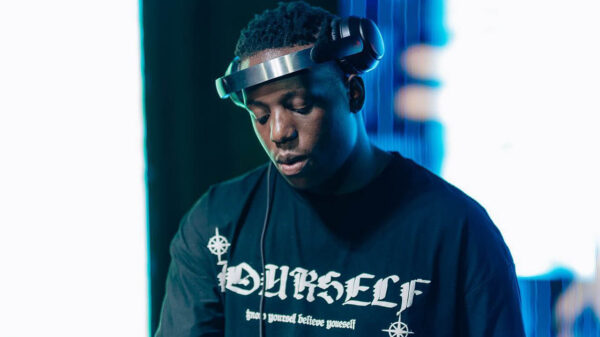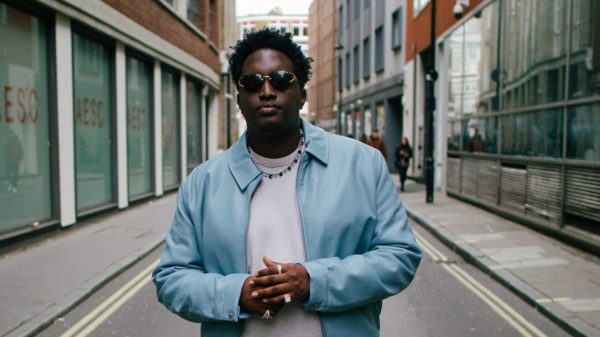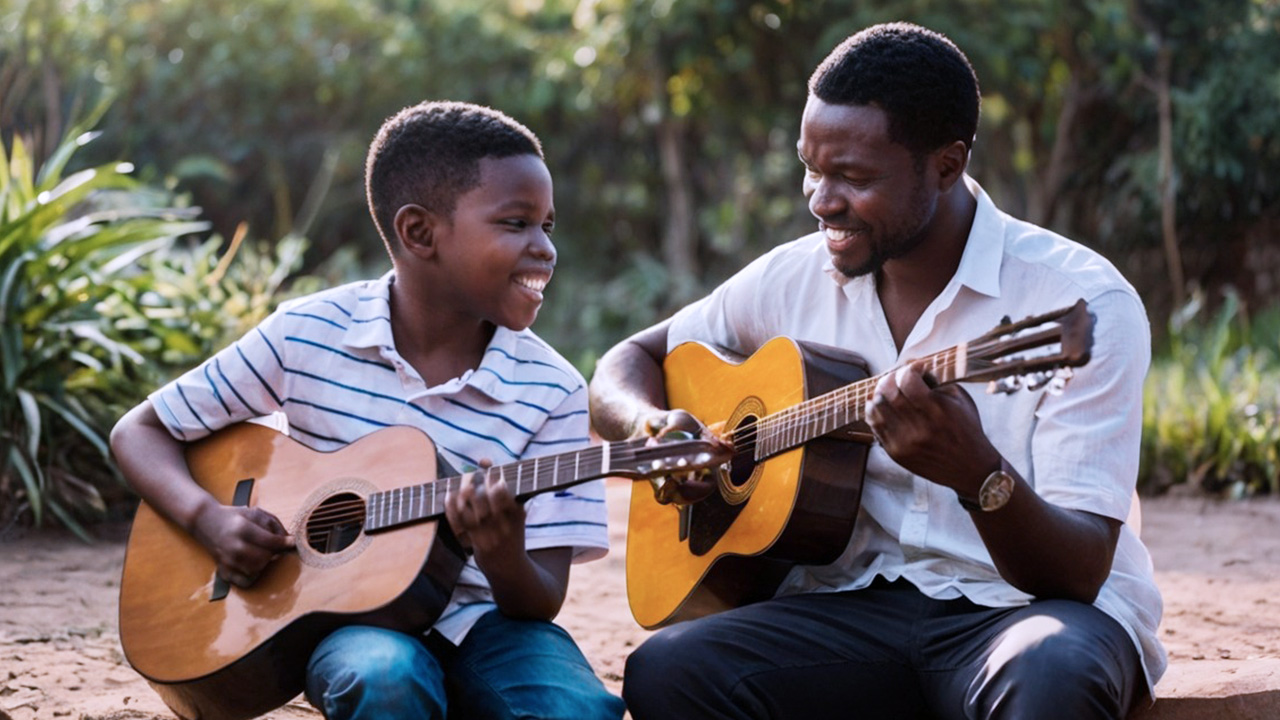Teaching guitar to kids can be a fun and rewarding experience for both parents and beginners.
If your child shows interest in playing music, it’s the perfect chance to connect, bond, and help them explore a lifelong skill.
You don’t have to be a guitar teacher or even musically trained to get started. With the right approach, anyone can learn how to teach kids guitar using simple steps, creative tools, and much encouragement.
Easy Guitar Teaching Tips for Kids Who Love Music
1. Choose the Right Child’s Guitar
The first step in helping kids learn guitar is picking an instrument that fits them. A full-sized guitar can feel too big and tricky for little hands. Start with a ½ or ¾ sized classical guitar, preferably one with nylon strings. These are softer on your fingers and best for beginners.
A good fit makes it easier for kids to learn chord shapes and strum chords correctly. This helps them develop confidence early on and makes their chords sound better right from the beginning.
2. Set Up a Positive Learning Environment
To help your child enjoy guitar lessons, create a space that encourages focus and creativity. It doesn’t have to be fancy, but a cozy living room corner or a spot in their bedroom works perfectly.
Try these tips:
- Keep lessons short (10–15 minutes).
- Repeat often so skills sink in without overwhelming them.
- Mix in games or fun songs to keep the mood light.
- Skip the pressure of perfection. Mistakes are part of learning!
Encourage them to explore the guitar at their own pace and discover sounds they love.
3. Start With Simple Chords and Routines
When learning how to teach kids guitar, it’s best to start with basic chords like G, C, and D. These are easy to hold and are found in beginner-friendly songs. Teach them how to press strings properly and how to move between chords smoothly.
4. Use Visuals, Games, and Lessons
Kids are visual learners, and they love playtime. Mix both into their lessons:
- Use printable chord charts or colorful stickers for finger placement
- Try online tutorials designed for guitar students
- Bring in music games or apps that make theory playful
If your child enjoys company, consider group lessons:
- They turn practice into a social “music playdate”
- Kids get to hear and blend sounds together
- It’s less pressure and more fun
Of course, if your child prefers one-on-one attention, private lessons are always an option. A good teacher will adapt the pace to match your child’s learning style.
5. Focus on Encouragement, Not Perfection
Kids are naturally curious and love positive reinforcement. When teaching kids to play guitar, celebrate their small wins—whether it’s learning their first chord or successfully playing music from memory.
Avoid being too critical. Let them make mistakes and learn. Remind them that even professional guitar teachers once struggled with finger placement.
Encouragement builds confidence, which keeps students excited about guitar playing. It’s not about getting every note right. It’s about enjoying the sound, rhythm, and creativity of learning a new musical instrument.
6. Join in the Music and Be Creative
One of the best ways to keep guitar fun? Join in the music-making yourself.
- Strum along with them (even if it’s simple chords)
- Play a different instrument like ukulele, tambourine, or hand percussion
- Turn practice into a jam session
Young kids also love being creative. Let them:
- Make up silly songs
- Rewrite lyrics to tunes they know
- Play music from cartoons or nursery rhymes
When kids feel like they’re in charge of their musical adventure, they’ll stay excited to learn, experiment, and discover new sounds on their own.
When to Consider Formal Lessons
As your child gains confidence, consider enrolling them in more formal guitar lessons. Whether it’s in-person or online, having access to a professional guitar teacher adds structure to their learning.
Online guitar courses, such as Classical Guitar Shed, are especially convenient when you’re juggling a busy schedule. These programs provide clear, step-by-step lessons that make learning approachable and enjoyable. Kids can grow their skills while also building a lasting passion for music.
And if you are teaching guitar yourself, these platforms can be just as useful. Observing their approach can help you adapt lesson pacing, discover creative practice ideas, and better engage with students of all ages.
When kids start learning guitar, it’s not about playing every note perfectly or jumping into tricky scales right away. What matters is helping them explore music in a fun and natural way.
If lessons are relaxed and encouraging, your child will be excited to keep picking up the guitar. And that’s the real win, you’re not just teaching them how to strum a few chords. You’re giving them a creative outlet, a boost of confidence, and a skill they can enjoy for years to come.















































































































